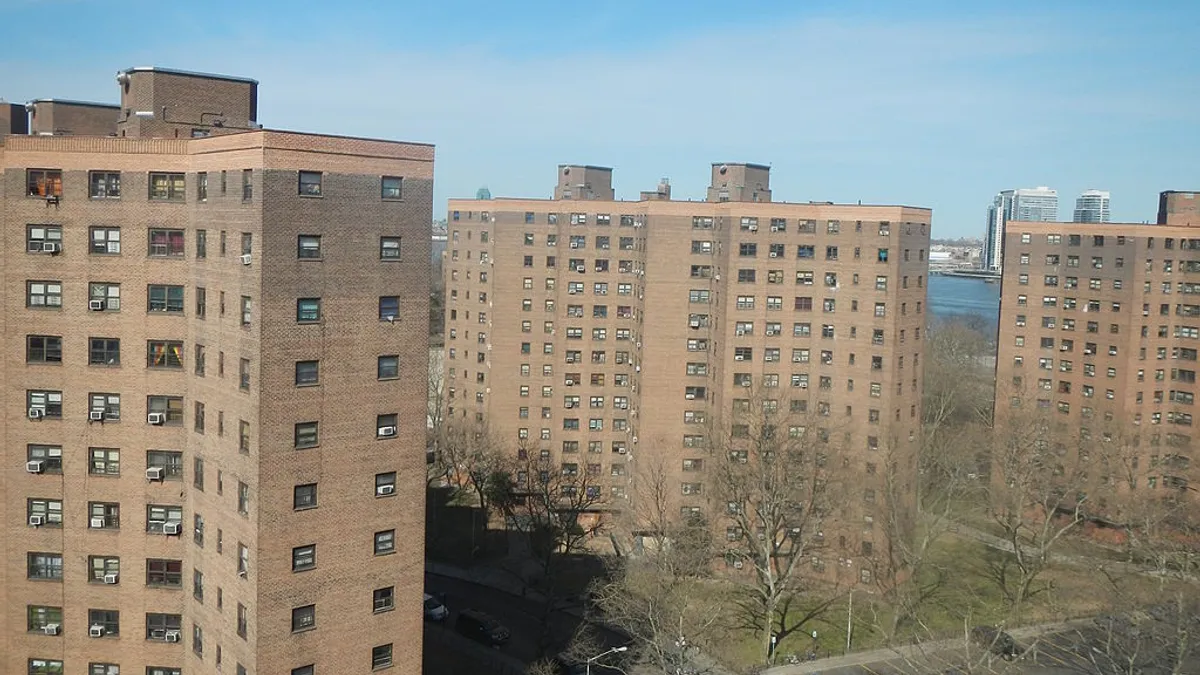Dive Brief:
-
Outgoing Department of Housing and Urban Development Secretary Julián Castro has called on the department to do more to address the growing shortage of affordable housing in the country.
-
In his cabinet exit memo, Castro noted that the supply of affordable housing in the U.S. is extremely limited — with 65 affordable units per 100 very low-income renters — and often only in unsafe areas. He cited a recent HUD report that found that more than 8 million very low-income renter households not receiving government assistance spend more than half of their income on substandard housing.
-
Castro also pointed to the extreme disparity in homeownership rates among white, Hispanic and African American populations, at 71.9%, 45.6% and 43%, respectively.
Dive Insight:
The comments by the outgoing HUD head come amid a number of challenges facing the housing industry as dwindling inventory levels and surging prices in many areas of the country have fueled a widening affordability gap.
RealtyTrac reported earlier this month that housing affordability in the U.S. sank to its lowest point in the fourth quarter since the same period in 2008, as wage growth continues to lag home-price increases.
There are growing concerns that affordability could be further impacted by recent increases in mortgage rates and a move last month by the Federal Reserve Board to raise interest rates by 25 basis points to a range of 0.50% to 0.75%, with talks of more hikes to come in 2017.
This is one of a number of issues facing the incoming HUD secretary, Ben Carson, who was nominated by President-elect Donald Trump for the post in December.
Castro also noted that the department needs to remain focused on tackling the issue of homelessness and urged Congress to extend the U.S. Interagency Council on Homelessness, which is set to expire in October 2017.
A recent report from the U.S. Conference of Mayors found that the rate of homelessness in the U.S. dropped 12.9% from 2009 to 2016. However, it noted that in many large cities, the rate of homelessness was significantly higher than the national average.
For more housing news, sign up for our daily residential construction newsletter.













